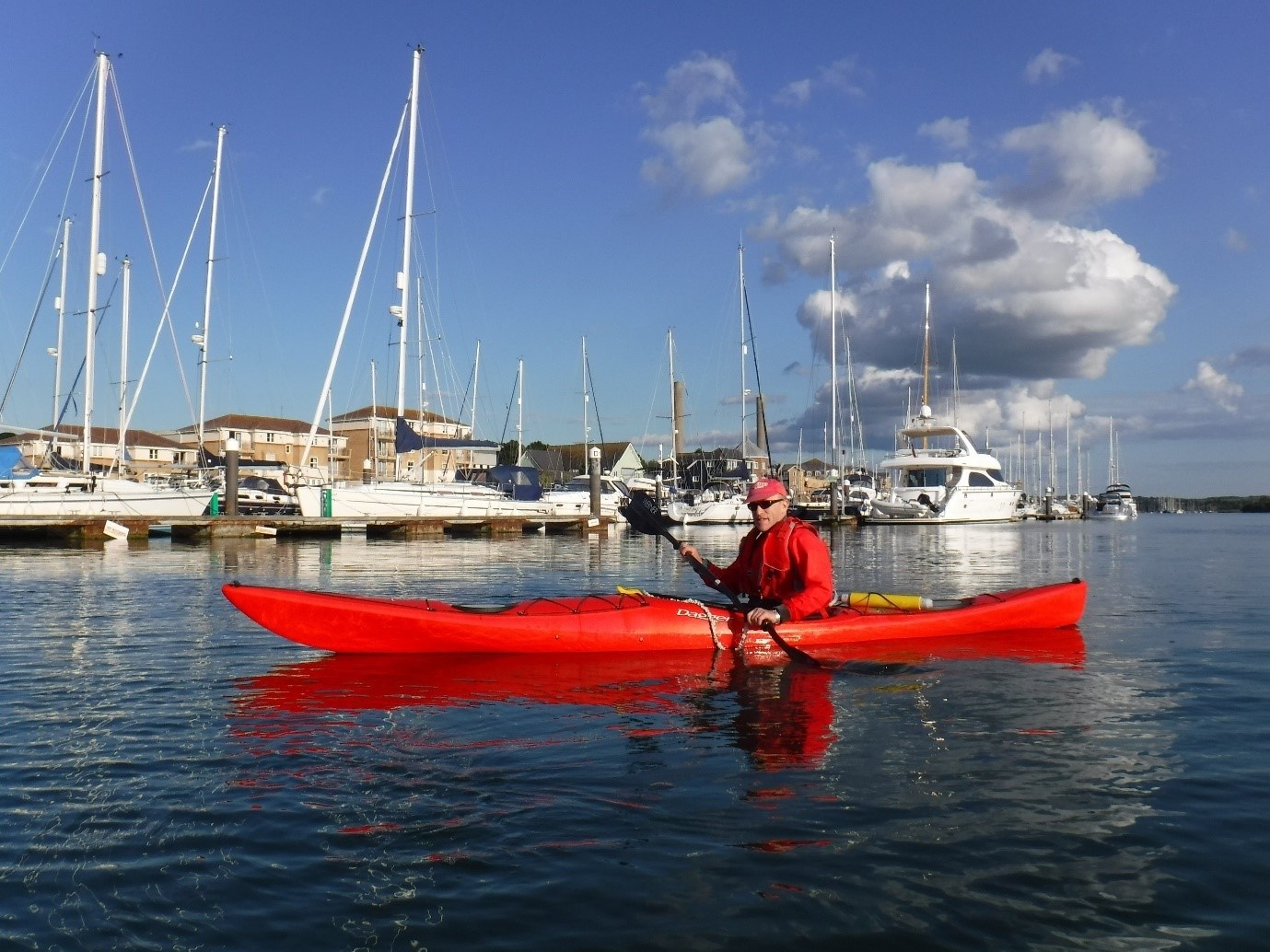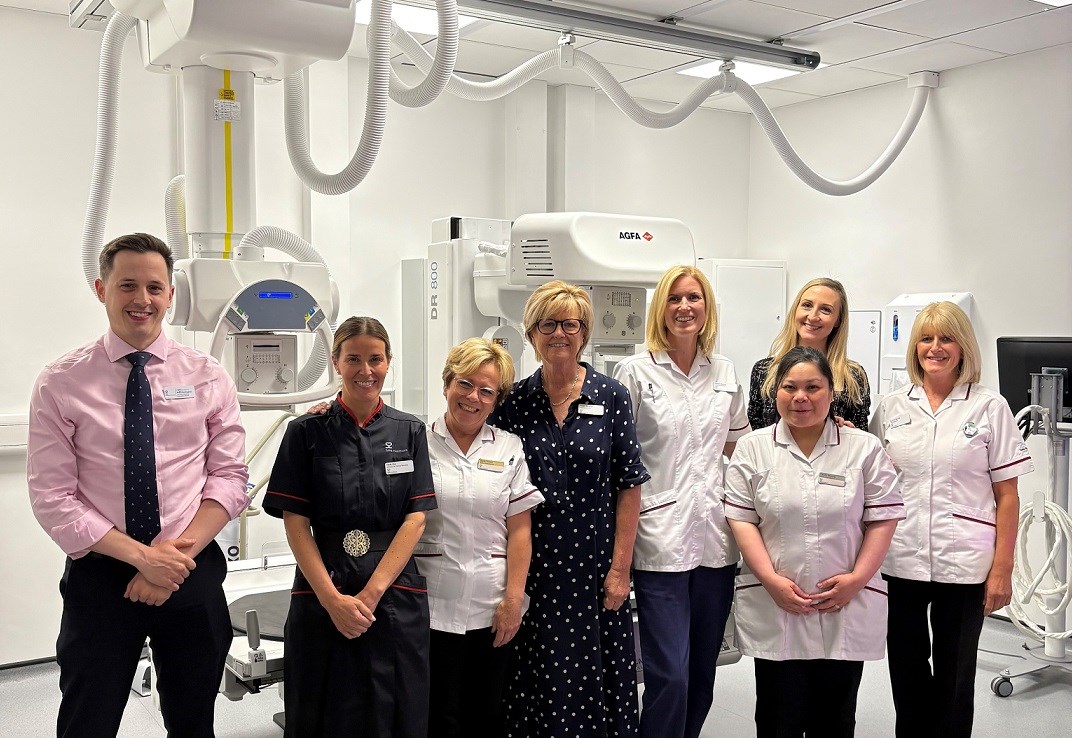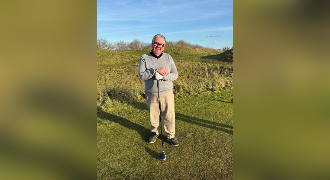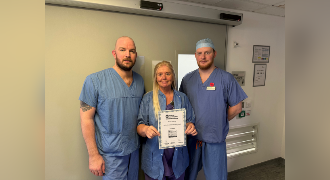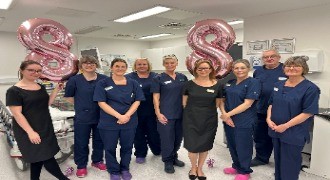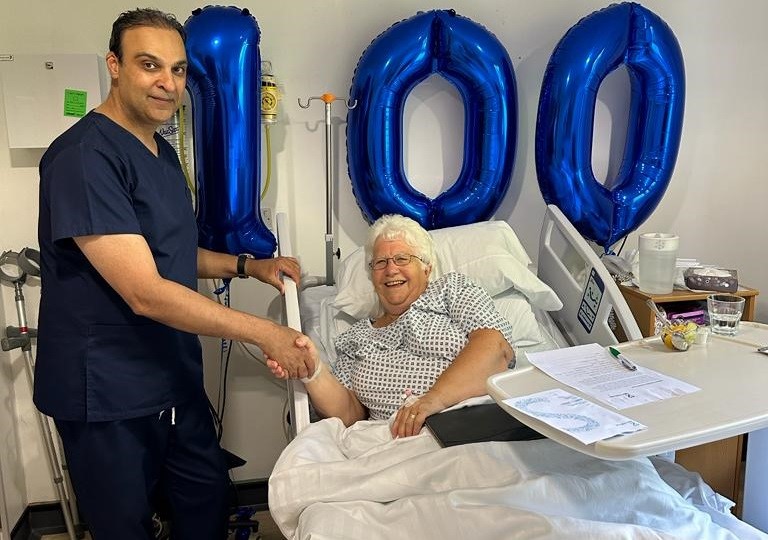Spire South Bank Hospital transforms patient’s quality of life with expert urological care
07 July 2025
Spire South Bank Hospital has been praised for delivering life-changing care after a patient regained his independence and active lifestyle following expert treatment for a common but disabling urological condition.
